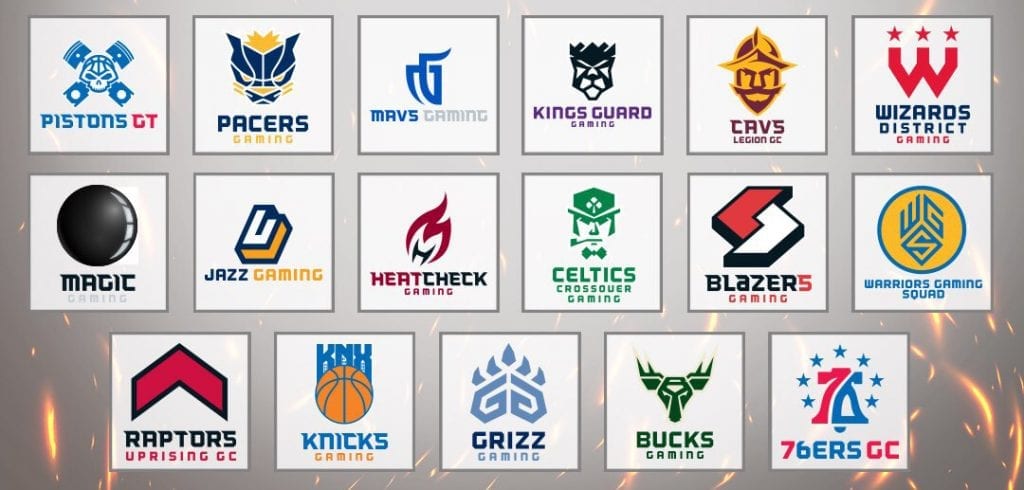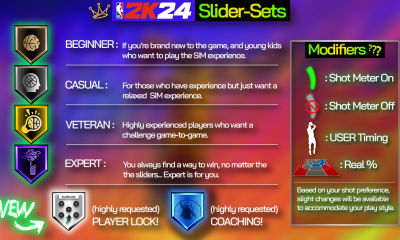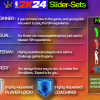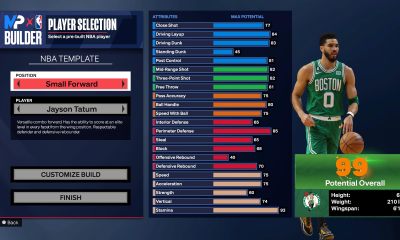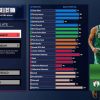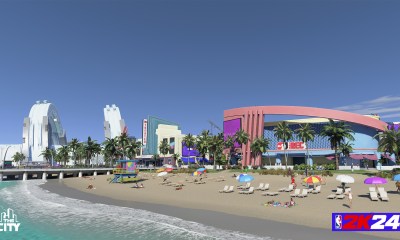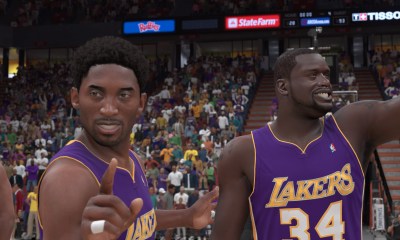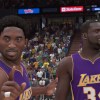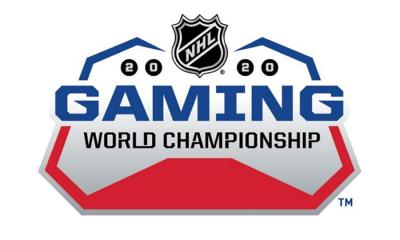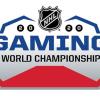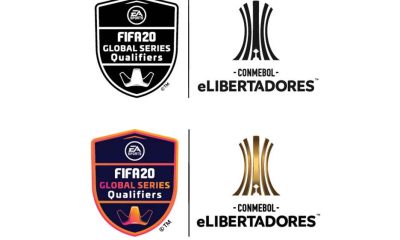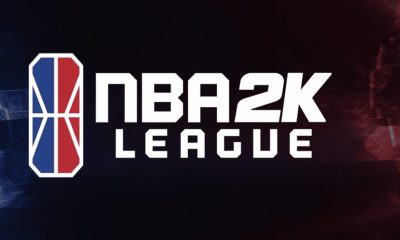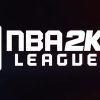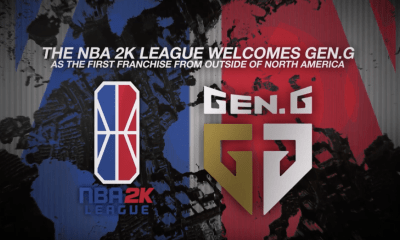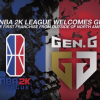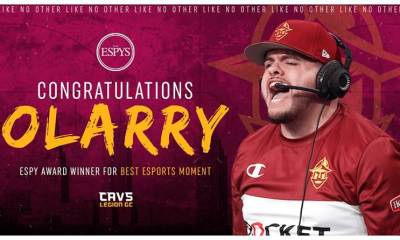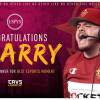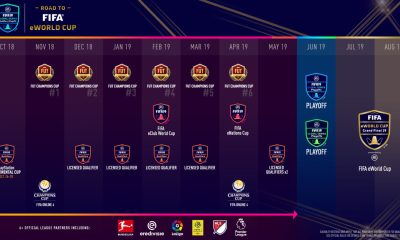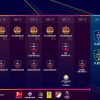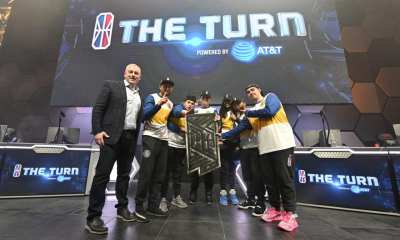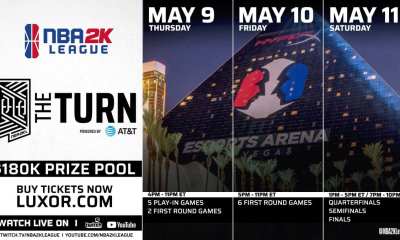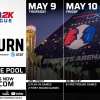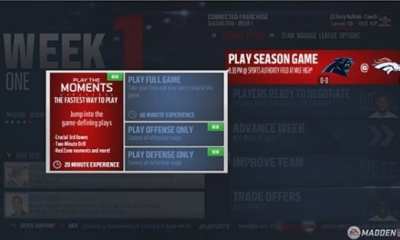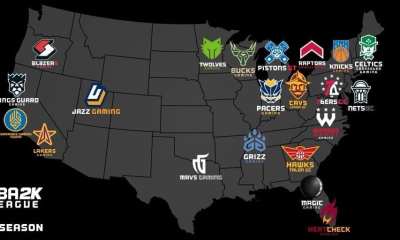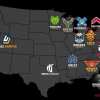eSports
The NBA 2K League Dream Vs. Reality
A specter is haunting the 2K community, the specter of the NBA 2K League. The community’s esports dream is currently at the all-time high. Forget winning $50,000 in a tournament; this is a chance at a 2K career. Or, as the much-bandied-about phrase goes, “a guaranteed, competitive salary, and they will have benefits as well as housing.”
Once again, count me in.
There is stark reality, not clever deception, behind that seductive phrase. It was announced initially that only 85 roster spots would be open for this season and that the league would reach a maximum of 150 available roster spots. Such low supply (if I may continue the Marxian topos) obviously cannot meet the incredibly high demand in which these roster spots find themselves. The league realized this and expanded team rosters: now 102 players will be drafted, with the league maxing out at 180 players when all 30 teams finally join (which is, I think, inevitable).
Due to such low supply, the quality of competition increases, which is only good for the game. Pro-Am gameplay is more driven now, and though selfish players certainly remain, it is clear that selfish basketball is not the path that leads to the league. During the combine, the player who best finds a balance between demonstrating his/her own skills and enabling his/her teammates to show off theirs will be the one in the best position for selection.
The world of professional sporting fandom, in which the vast majority of 2K players likely count themselves, has already come to accept the improbability of the entrance of any of their members into the world of professional competition. More simply put, everyone knows that very few people get to be pro players. This is internalized and accepted early on, with subjective rather than objective qualms. It is so difficult to become a professional athlete that even those who play competitively at lower levels know full well the large gap between themselves and professionals.
It is not so for the NBA 2K League. This may be only due to the fact that until now there has hardly been such stratification among players. Now, however, deciding who the top players are will belong to the league, not based on the subjective braggadocio of players themselves. Cognizance of the heightened stakes develops a conscious visualization of a hierarchical system (by now we have departed from Marx à la the Clippers from Blake Griffin).
The 2K community thus fractures itself in the pursuit of the NBA 2K League dream. Crucially, however, it will also bind itself together. The many who do not make the league will briefly rue the missed opportunity, but will then return — with a sense of heightened sensitivity to the league’s relative closeness — to that which they have until now not been stirred from: a community founded on the sense of community, competitive play for the enjoyment of the game, not one founded on the hope of “making it big.” Much like professional sports, where the dream has been dreamed and then rationally discarded in favor of enjoyment through amateur competition and fandom, the 2K community will realize that the NBA 2K League is on the one hand closer than they realize but also far enough away that it does not detract from the game’s foundational-for-its-own-sake amateur experience.
Yes, the specter of the NBA 2K League is haunting the 2K community. But the community will soon realize that specters are elusive, that they are rarely seized, and that it is far better not to hunt for a haunting vision but to enjoy the still-attainable game that remains.


